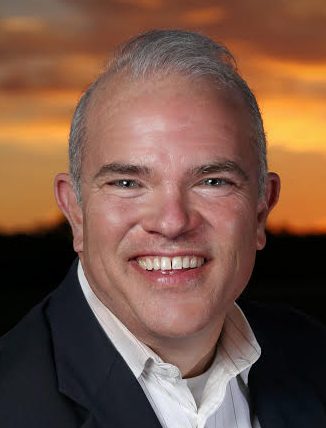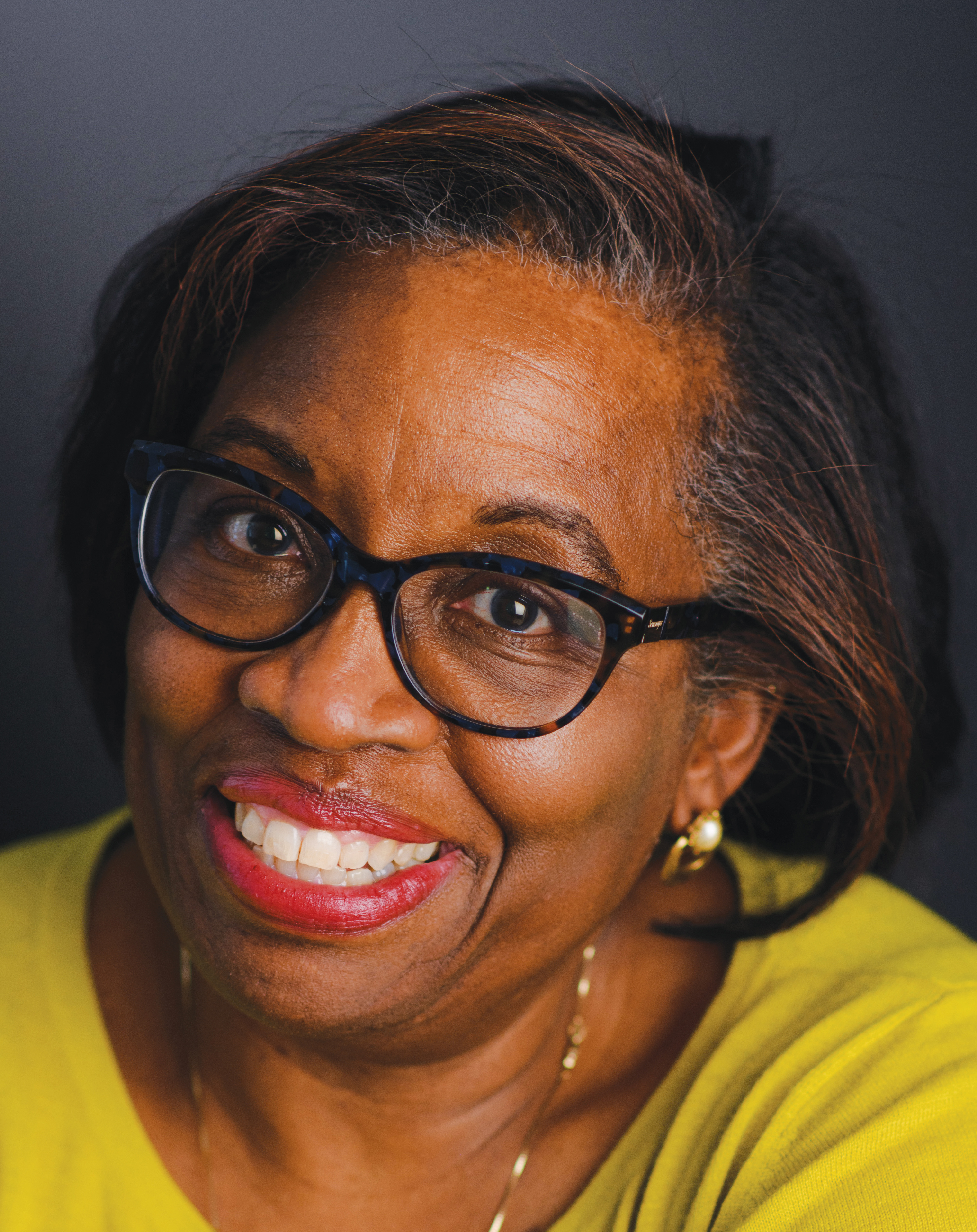
Property owner Mary Burnside visits with Kinsler descendant Bobby Kinsler in the slave cemetery during the family’s first reunion in 2017.
BLYTHEWOOD – One day during the 1960’s, Dick Burnside was bush-hogging a field on his Kinsler Road farm along Cedar Creek in rural Blythewood when the blades of his mower hit something he later described as significant. When he got down off the tractor, he realized he was in a cemetery.
In the disturbed soil, there were many small stone columns driven into the ground as grave markers. Burnside said at the time that he felt an obligation to repair the stones he had hit and to mark them clearly so that they would not be hit again.
While Burnside didn’t know who the people were that were buried on his property, he began caring for the cemetery, something he would continue to do until his death last year. He did not, at the time, know if anyone would ever be able to tell him just who, exactly, these people were.

Smith
Fast forward about 30 years when Brenda Kinsler of Washington, D.C. and Charlie Smith of Charleston, S.C., met online while researching their separate family histories.
“It didn’t take long before we realized that our ancestors were the same family – the Kinsler family – who had lived on the Burnside property since the 1700s,” Kinsler said.
Prior to Dick and Mary Burnside purchasing the property, the land was owned by Smith’s great, great, great grandfather, John Herman Kinsler, a signer of the South Carolina Ordinance of Secession, State Senator, State Legislator, Chairman of the Senate Education Committee and Chairman of the Board of the South Carolina College, now the University of South Carolina.

Kinsler
Brenda Kinsler learned that she was a descendent of Africans who were slaves owned by John Herman Kinsler and, therefore, bore his name. It was her enslaved ancestors were buried in that cemetery.
Brenda Kinsler’s and Charles Smith’s remarkable story did not end with the discovery that their families were the same. Their story went on to reunite all the descendants of John Herman Kinsler – both his African-American descendants and his Swiss German descendants.
In 2004, Kinsler and Smith traveled to the area of Cedar Creek that includes the Burnside farm. They wanted to see where their ancestors had lived. During that first trip, they visited a few related properties in the area of the cemetery looking for clues as to where the Kinsler slaves were buried.
“I was hoping to find the cemetery of my ancestors who had been slaves,” Kinsler said. At Kinsler’s urging, they pulled up to Burnside’s house and knocked on the door to see if he knew of any old cemeteries on his property.
“His face lit up,” Smith wrote in a memoir, “and he said, “Give me a minute and I’ll get my truck and show you right now. It was a toss-up who was more excited at that moment, Brenda and I who had information and no cemetery or Mr. Burnside who had a cemetery and no information,” Smith recalled.
That chance meeting on the internet more than a decade ago has since changed the entire dynamic of a family born into the South Carolina slave-holding culture and it gave the man who had tended that sacred space an answer to the question of just who these people were who were buried on his land.

Stakes secure the grave markers in the cemetery.
After Burnside’s death, the care and keeping of the slave cemetery has been continued by his wife, Mary, a longtime horsewoman in the Blythewood community who keeps a stable of horses across the road from the cemetery.
Over the years, the Kinsler family’s interest in the cemetery has grown. There have been visits to the Burnside property, and in 2017, they gathered there for a family reunion to honor their ancestors.
In 2018, Kinsler’s cousin, Mary White, published a family history titled, ‘From Whence We Came – a History of the African-American Kinslers.’ The e-book is available online from Amazon.
“For many years my cousin Brenda Kinsler would call me periodically to share some tidbit discovered while she sought to unearth links that would tie together the pieces of who we were as a family,” White wrote. “We visited the former plantation where our ancestors were enslaved. That burial place had been carefully preserved by the new owners of the property. To enter that sacred placed deeply moved us individually and collectively. I knew at that moment that we had to tangibly preserve our history.”
On July 25, 2019 family members will gather again at the cemetery to remember not only those whose lives were spent in servitude on the property, but the family will also acknowledge the preservation of the cemetery by Dick and Mary Burnside. Mary has arranged for the placement of a plaque during the ceremony. Following the ceremony, The Kinsler Family Reunion will take place in Charleston July 26-28.
For more information about the reunion, contact Brenda Kinsler at 1-202-407-3290.
Charlie Smith contributed to this story.












Cool story!. I wish everyone who finds old tombstones or fieldstones set in orderly rows would be this caring. Our ancestors often did not have the resources to erect carved stones and, in some cases, their religious beliefs restricted them from “embellishing” the graves of the departed. Thus, many old burial plots were forgotten and grown over.
It seems hard hearted when I hear of someone who plows under old cemeteries like this. A prehistoric burial/ceremonial mound was plowed into in a field by the Broad River near my ancestors graveyard from the 1700s by a mid 20th C. farmer, greedy to collect artifacts and convert the sacred mound to arable land. I would hope that someone was haunted after that!!!